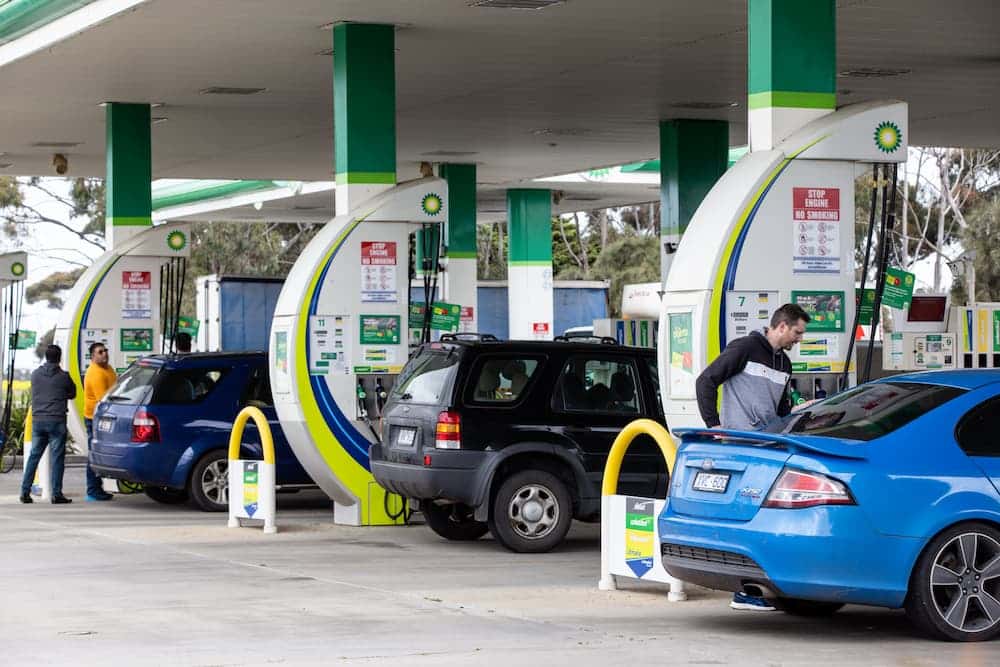Petrol prices are sitting just shy of $2 a litre, on average, with the weak Australian dollar boosting prices at the pump.
The average fuel price lifted by more than 10 cents last week to $1.96 a litre, the Australian Institute of Petroleum’s weekly report said.
In the major cities, unleaded fuel prices surged 14.8 cents over seven days to 1.99 a litre.
The diesel price stayed flat at around $2.36 a litre.
Petrol prices have been surging as many cities move into their first cycle since the full fuel excise tax was reinstated.
The return of the full tax has added more than 20 cents to every litre.
Melbourne motorists are now paying the most of any capital city, forking out $2.08 a litre on average.
Average unleaded prices have also hit the $2 a litre mark in Sydney and Brisbane.
NRMA spokesperson Peter Khoury said some cities, such as Sydney, were at the top of their fuel cycles and prices were likely to start dropping soon.
Other cities were on the other side of their fuel cycles and were still heading up.
He told AAP fuel prices had surged higher than hoped but recognised prices hovered below or around wholesale prices for some time.
Wholesale fuel prices have stayed fairly steady, with factors both driving prices up – including the ongoing war in Ukraine – as well as down – namely fears of a global recession.
But oil prices spiked last week, gaining around five per cent late last week, and are likely to fluctuate again in the wake of another Organisation of the Petroleum Exporting Countries meeting.
Last month, the world’s major oil producers decided to slash the amount of oil they would deliver to the global economy to reduce supply and drive up prices.
CommSec economist Craig James said the weak Australian dollar was driving up fuel prices.
“The stronger greenback continues to make US dollar denominated commodities more expensive for buyers in Europe and Asia and that includes Aussie motorists,” he said.
Despite the rising cost of living and subsequent interest rate hikes, these financial pressures are yet to show up in higher credit card debt.
Credit card spending increased by 0.8 per cent in September, according to Reserve Bank of Australia data, and was up 13.3 per cent compared to pre-pandemic levels.
But the data showed collective credit card debt shrinking slowly from $27.7 billion in September 2019 to $16.8 billion in September 2022.
Canstar finance expert Steve Mickenbecker said credit card debt was the canary in the coal mine when it comes to financial stress.
“The fact that credit card balances accruing interest have not risen says that home loan borrowers are yet to resort to the credit card to cover the increased loan repayments and living costs,” he said.
By Poppy Johnston in Canberra



